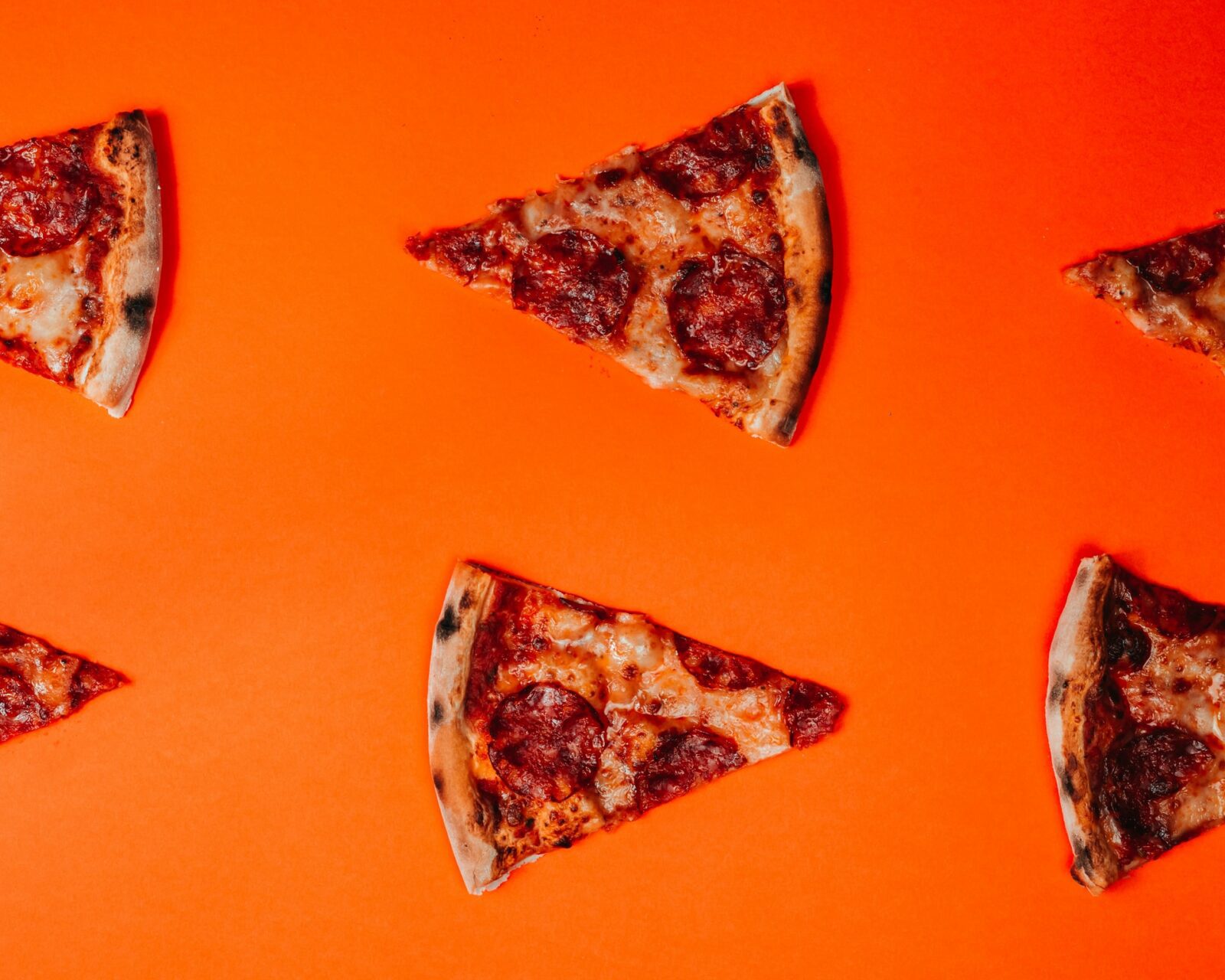Yeast ferments and produces carbon dioxide in a traditionally cooked pizza, much as it does in most bread, giving the dough a foamy quality. Afterward, the baking process removes the water and preserves the light texture.
In a different manner, a team of researchers at the University of Naples Federico II (UNINA) believed they might be able to achieve the same result: by imbuing the dough with gas at elevated pressure and trying to release the pressure throughout baking, utilizing a method they had previously created for the production of polyurethane. Without using any chemical agents, the goal was to achieve the same texture that we associate with pizza.
How does the new technique work?
A typical pizzeria would make the dough in the mornings and then wait for it to rise until dinnertime; however, the new technique integrates leavening as well as baking into a single operation, saving time and effort. A golf ball–sized piece of dough was created first by the scientists, who followed the recipe for sourdough bread except they did not include any baker’s yeast. They put it in an autoclave, a tiny pressured oven approximately the size of a toaster oven, to sterilize it under pressure. It took 10 minutes to get the inside of the vessel up to a pressure of up to 10 atmospheres (approximately five times the pressure of a conventional household pressure cooker) and 150°C by pumping in carbon dioxide, helium, or even air via a gas input.
Finding the right combination of pressure and temperature to achieve peak foam whilst the dough was setting proved to be the most challenging element. Simply put, the scientists desired a dough that foamed like beer when it was baked. The project was a resounding success in the long run. Further taste tests will be conducted by the group in the near future. A bigger autoclave has been purchased to accommodate a standard-size pie, and the researchers have been perfecting their approach for customizing pizzas to specific preferences, such as turning the dough more or less chewy.












Leave a Reply